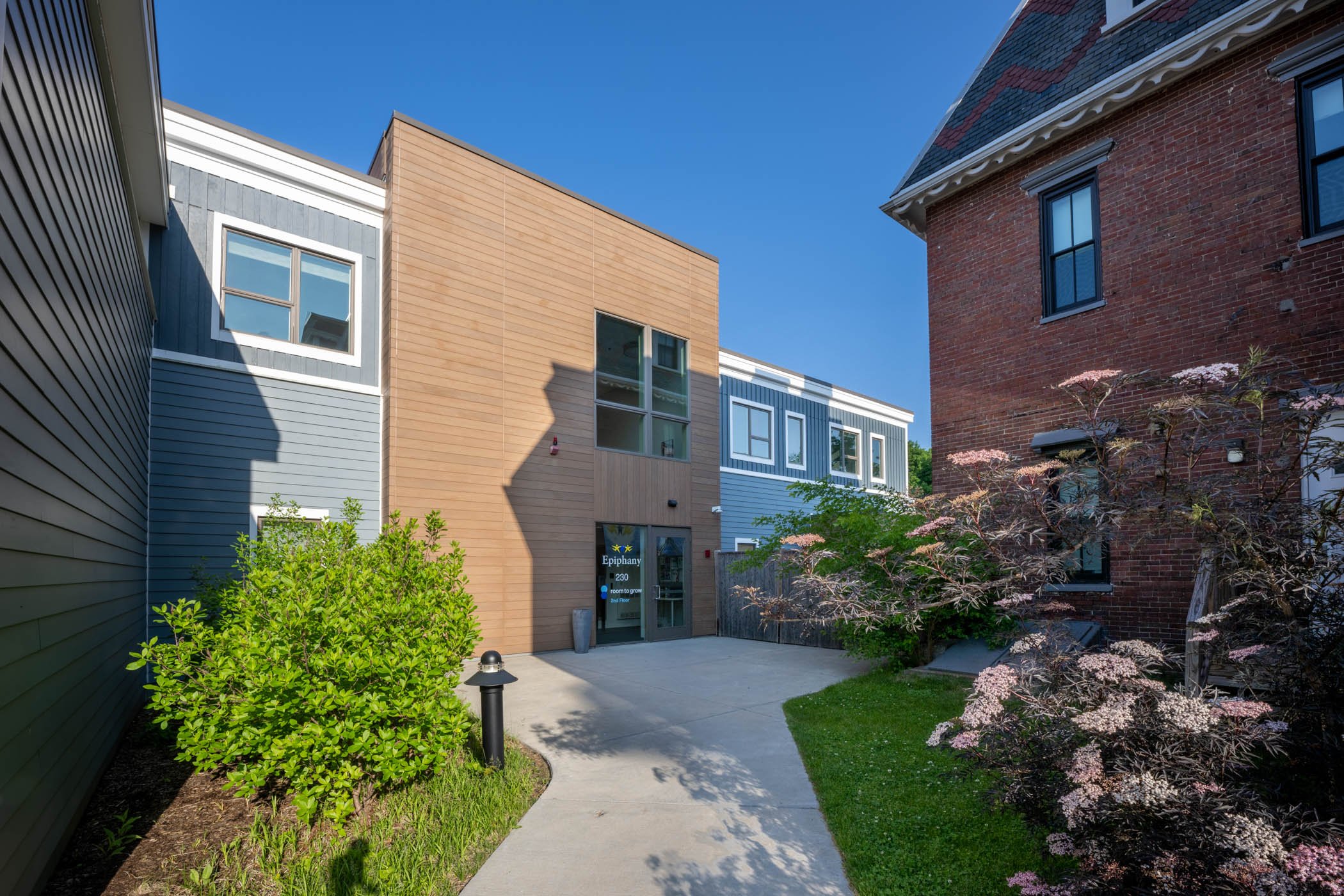Shadows play a crucial role in professional photography. They are not simply byproducts of light but valuable elements that photographers use to enhance their images, create visual effects, and add depth and dimension. Professional photographers understand the power of shadows and skillfully incorporate them into their work to tell a story, evoke emotions, frame a subject, or create a mood.
One of the primary effects shadows can create is a sense of drama. For example, by manipulating the direction and intensity of light, I can create dramatic shadows that add mystery, intrigue, and intensity. In other cases, light may be manipulated to add depth or a focal point to an image.
In architectural photography, shadows can serve as powerful tools to accentuate a structure’s features. For example, the interplay between light and shadow can bring out the textures of building materials, such as the roughness of stone or the sleekness of glass facades. By carefully considering the angle and direction of light, I often create shadows that highlight architectural lines, curves, and shapes, making a building more visually striking.
Shadows also contribute to the storytelling aspect of architectural photography. By capturing shadows at different times of the day, I can convey the changing mood of a building. For instance, the long shadows cast during the afternoon or morning can evoke a sense of warmth and tranquility, while dramatic, angular shadows at dusk can create a sense of drama.
In landscapes, shadows play a role by adding depth and dimension to the scene. Shadows created by elements like trees, clouds, or adjacent structures can provide a sense of scale, creating a visual contrast between the illuminated and shaded regions. They can also be used to guide the viewer's focus. By strategically positioning shadows, I might try to lead the viewer's eye from one point of interest to another, enhancing the composition.
Sometimes naturally occurring shadows need a little help. With new software, I can compensate for shadowed areas by highlighting or "dodging" them with a selection tool and then reducing the weight of the shadow. Conversely, in the same manner, shadows can be enhanced to increase their weight and impact. We tend to think of shadows as black and white, but they have a lot of color in them. I often like to add warmth to compensate for the cold blue light typically found in shadows.
The shadows are too dark
I’ve lightened the shadows - a big improvement but look at the blue cast of the shadow on the sidewalk
I’m warmed up the shadows by removing the blue cast for a much more pleasing photo
Professional photographers understand the significance of shadows in capturing the beauty and essence of buildings and outdoor environments. I typically utilize them to emphasize architectural details, add depth and dimension, convey mood and atmosphere, and guide the viewer's gaze. By skillfully incorporating shadows into my work, I am able to create compelling images that not only showcase the unique characteristics of the subject but also tell a visual story that engages the viewer.
I love nothing more than creating a great picture. If you need marketing photography for residential structures, commercial buildings, or landscapes, please call me, and let's make it happen.










